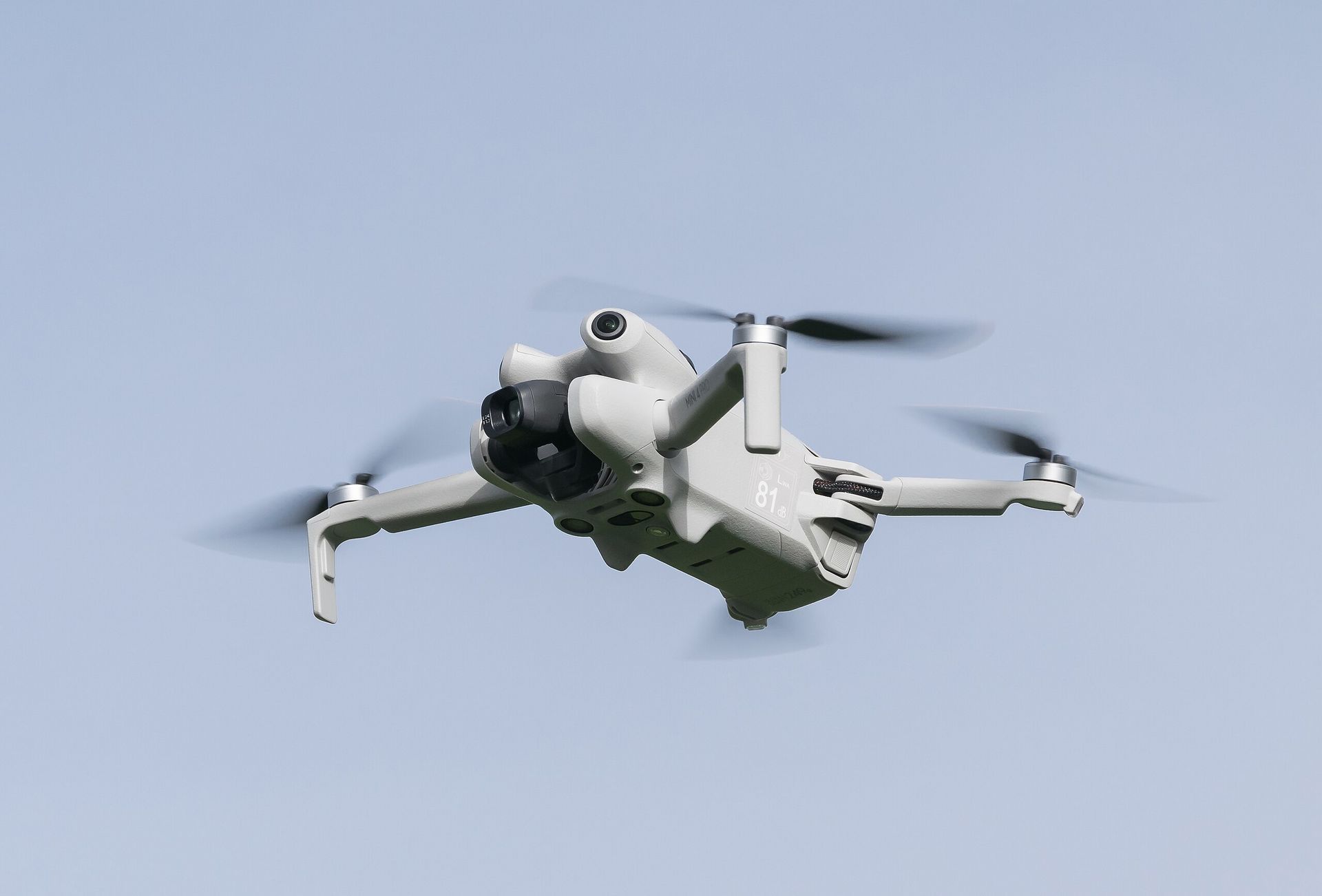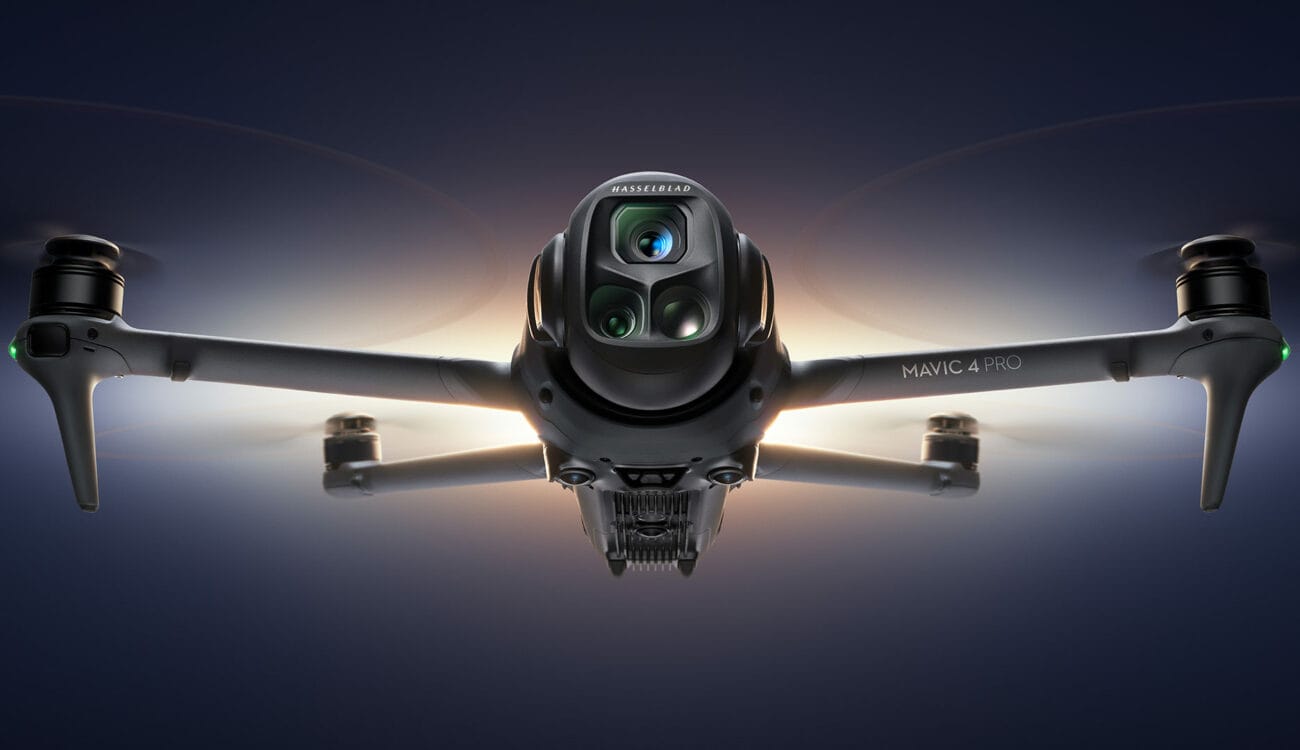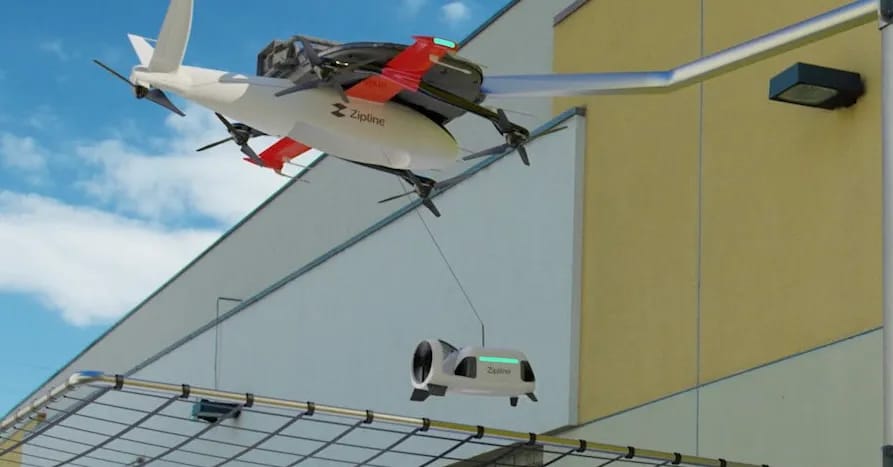
Newsletter
Beyond TechThe Future of Tech
News & Insights
IN PARTNERSHIP WITH
We look at the coolest consumer and commercial innovations in drone technology. :
It’s no secret how important lithium is. Demand’s projected to 5X by 2040, reaching 5.5 million tons annually.
That’s why a recent 9.8-million-ton discovery is catching major attention. Even more intriguing? The company behind it: EnergyX.
EnergyX’s tech can recover 3X more lithium than traditional methods. That’s already earned investments from General Motors, POSCO and Eni, and an award from the DoE.
Now they’re ready to scale production. A recent third-party study not only revealed EnergyX’s Chilean mining territory holds as much as 9.8M tonnes of lithium, but also confirms that their DLE technology is the lowest-cost solution benchmarked against industry leaders.
Perfect timing, because you can now invest as they transition to commercial production. You can even get 20% bonus stock as an EnergyX shareholder here.
*Disclaimer: This is a paid advertisement for EnergyX's Regulation A+ Offering. Please read the offering circular at invest.energyx.com/.

Today we’re stepping back from the hype to unpack why your favorite flying toys are suddenly at the center of a global industrial arms race. From palm‑sized cameras to battlefield workhorses and urban couriers, the drone story is about much more than stunning aerial sunsets – it’s about AI, politics, and the race to control the skies.
Remember when drones were just overgrown RC planes that crashed into your backyard? Those days are over. DJI’s Mini 4 Pro weighs a feather‑light 249 g, meaning you can avoid many FAA hoops yet still capture silky 4K/60 fps HDR footage. It packs a 1/1.3‑inch sensor, 10‑bit color profiles, and even vertical‑video capabilityheliguy.com. The secret sauce? ActiveTrack 360°, an AI‑powered mode that circles you like a pro cinematographer while its APAS 5.0 vision sensors dodge trees and telephone wiresheliguy.comdcrainmaker.com. Range? Ten kilometers. Flight time? 34 minutes. Price? $759 – roughly the cost of a refurbished iPhone.

If you need more zoom and longer airtime, the Air 3S steps up with a dual‑camera combo (1‑inch main and 3× telephoto) and LiDAR‑assisted, omnidirectional sensingtechradar.com. It’s nearly idiot‑proof and flies for 45 minutes, but at 724 g you’ll have to register with the FAA and pass the TRUST test to stay legal.
DJI’s Flip appeals to vloggers on the run. At 249 g it’s still regulation‑friendly, with a 48 MP sensor, Dual ISO Fusion for high dynamic range, and voice‑activated shot modespetapixel.com. Think of it as a flying selfie stick on steroids. Meanwhile the flagship Mavic 4 Pro – boasting a whopping 100 MP 4/3 sensor, triple lenses and LiDAR obstacle avoidance – remains stuck outside the U.S. due to geopolitical crossfirepetapixel.comtechradar.com.
Takeaway: Consumer drones have matured into mini‑cinema rigs. AI and sensors allow anyone to shoot like Spielberg from the air, and the sub‑250 g category is the new regulatory sweet spot. Expect to see vertical video from the skies flooding your feeds.

On the industrial front, drones are no longer toys – they’re autonomous coworkers. Skydio’s X10 runs a Jetson Orin GPU with six 360‑degree cameras. Trained on years of flight data, it predicts obstacles and routes in real‑time, even in GPS‑denied or pitch‑black environmentsskydio.com. First‑responders love it because they can focus on the mission instead of pilotingskydio.com.
For night operations, the Teal 2 pairs a Teledyne FLIR Hadron 640R thermal camera with Athena AI’s computer‑vision software so good it can tell friend from foedronelife.comdronelife.com. It’s Blue UAS‑approved and now patrolling America’s borders. Meanwhile, BRINC’s Lemur 2 breaks windows, hovers indefinitely via tether, and chats through its loudspeaker. Over 600 public‑safety agencies – including 10% of SWAT teams – trust ittherobotreport.com. In April, BRINC raised $75 million to integrate its drones into Motorola’s 911 dispatch networktherobotreport.com.
Firestorm Labs takes a sci‑fi approach: print drones on demand. Its xCell platform and recent $47 million Series A enable on‑site 3D‑printing of modular airframes to repair or build UAVs in minutesnewswriter.ai.
Agriculture isn’t left behind. DJI’s Agras T100, T70P and T25P can spray or spread up to 100 liters and are loaded with LiDAR, millimeter‑wave radar and vision safety systemsdronedj.com. DJI claims 500,000 ag drones treat 300 crops across 100 countries, illustrating how farming is going airbornedronedj.com. Construction sites are also getting an AI boost: DroneDeploy’s Progress AI uses vision‑language models to turn drone footage into progress reports with 95% accuracy in minutesgeoweeknews.com.
Takeaway: Industrial drones are turning into flying robots with AI brains. From emergency response to crop spraying and 3D‑printed parts, they’re making jobs safer and more efficient. The next wave: agentic AI that generates reports and 3D models on the fly.
The Jetsons promised pizza by drone; Zipline is delivering on that today. Its Platform 2 pairs two Jetson Orin NX modules with acoustic sensors. The drone carries up to 8 lb and zips 10 miles at 70 mph while emitting 97% less CO₂ than a cardronelife.com. As of April 2024, Zipline’s drones have flown 70 million miles and completed one million deliveries, dropping off blood, medicines, fresh food and even pizza across four continentsdronelife.com. With partnerships spanning Panera Bread to hospital chains, drone delivery is quickly becoming less of a gimmick and more of a logistics game‑changer.

Here’s the downer: the skies are a regulatory minefield. In the U.S., hobbyists must pass the TRUST test, register their drones, mark them and broadcast Remote ID info on any UAV over 250 gfaa.gov. Flights must stay within line‑of‑sight and under 400 ft. Europe’s Direct Remote ID is stricter; it requires every drone to broadcast its registration number and the real‑time position of both pilot and aircraftenterprise-insights.dji.comenterprise-insights.dji.com.
China went even further in 2024: real‑name registration for all drones, a 120 m altitude cap, and mandatory pilot licences for higher altitudesmercierzeng.com. Beijing also hit back at U.S. sanctions with export controls on drone parts, cutting off batteries, motors and controllers to Western marketsdronelife.com. Meanwhile, U.S. lawmakers are considering a de facto ban on DJI if no security review is completed by year‑endrestofworld.org. The tension is already affecting product launches like the Mavic 4 Protechradar.com.
Takeaway: Regulations vary wildly by geography. Expect to hear more about Remote ID, beyond‑visual‑line‑of‑sight rules and national security restrictions as drones become mainstream tools.
Behind the cool tech lies a tug‑of‑war between Washington and Beijing. China owns roughly 80% of the global drone market, thanks largely to DJI. The U.S. sees risk: the FY2025 defense bill mandates a security review that could put DJI on the FCC’s Covered List and effectively ban itrestofworld.org. At the same time, the U.S. government is lavishing cash on homegrown players. An “Unleashing American Drone Dominance” executive order expanded procurement budgets and grants. Investors have taken the hint: Quantum Systems raised €160 million for its dual‑use VTOL drones in Maythenextweb.com, Skydio extended its Series E with $170 million from Axon and KDDItechcrunch.com, BRINC and Firestorm bagged $75 million and $47 million respectivelytherobotreport.comnewswriter.ai.
Takeaway: The drone industry is becoming a proxy battleground for superpowers. Funding and regulation are shifting to bolster domestic champions while curbing reliance on Chinese hardware.
Frank Wang cut his teeth in the dorms of Hong Kong University of Science and Technology in 2006forbes.com. He spent his childhood poring over model‑airplane magazines and crashed his first RC helicopter at 16, waiting months for replacement partsforbes.com. Today DJI sells two‑thirds of the world’s consumer drones. Wang stays out of the spotlight – and away from U.S. politics – even as his company lands on Pentagon listsforbes.com.
Adam Bry grew up an RC pilot prodigy. A national aerobatics champion at 16, he went on to pioneer autonomous flight software at MIT and co‑found Google [x]’s Project Wingcongress.gov. In 2014 he launched Skydio, which has since become the largest U.S. drone makercongress.gov.
Blake Resnick is the 25‑year‑old wunderkind behind BRINC. After the 2017 Las Vegas mass shooting showed him how blind first responders were, he cold‑called the local SWAT team, built them a drone, and never looked backbrincdrones.com. Resnick started college at 14, built a fusion reactor in his garage and interned at McLaren, Tesla and DJI before dropping out to found BRINCbrincdrones.com. He’s now a Thiel Fellow and a Forbes 30 Under 30 alumnusbrincdrones.com.
Keller Rinaudo Cliffton had a different path: he engineered RNA‑based computers in human cells and authored a paper in Nature Biotechnologycomputerhistory.org. A former pro rock climber and Harvard grad, he co‑launched Zipline in Rwanda in 2016. The company has flown 300,000 km delivering blood to remote clinics and is now partnering with major U.S. retailersaspenideas.orgdronelife.com. His vision: a global logistics network that doesn’t rely on roads.
AI is moving from simple collision avoidance to autonomous data generation. Expect drones that can build 3D models, write inspection reports and even create synthetic flight plans.
Urban delivery is about to explode. As BVLOS rules get sorted, micro‑warehouses on rooftops will send Ziplines and Amazon drones buzzing between apartments.
Precision farming is going mainstream. AI‑driven ag drones will spray only the crops that need it, saving money and the planet.
Battlefield fabrication is a thing. 3D‑printing drones onsite means the supply chain moves to the front lines.
Battery breakthroughs could upend flight times. BetaVolt’s nuclear battery promises decades of powerdronexl.co, and while it’s years away, even incremental improvements will dramatically extend range and endurance.
We’re witnessing the drone moment. What began as niche gear for hobbyists is now a multi‑billion‑dollar ecosystem touching commerce, agriculture, defense and healthcare. AI, 3D printing and geopolitics are turning the sky into a new realm of innovation – and regulation. Consumers should be excited: your next pizza might descend from the clouds. Policymakers should be cautious: who controls the skies will shape the next decade of tech-enabled physical world distribution.

| Get the daily newsletter that helps you understand the tech ecosystem sent to your inbox weekly.
More Newsletter Posts

Newsletter
Special Edition: Drone Innovations